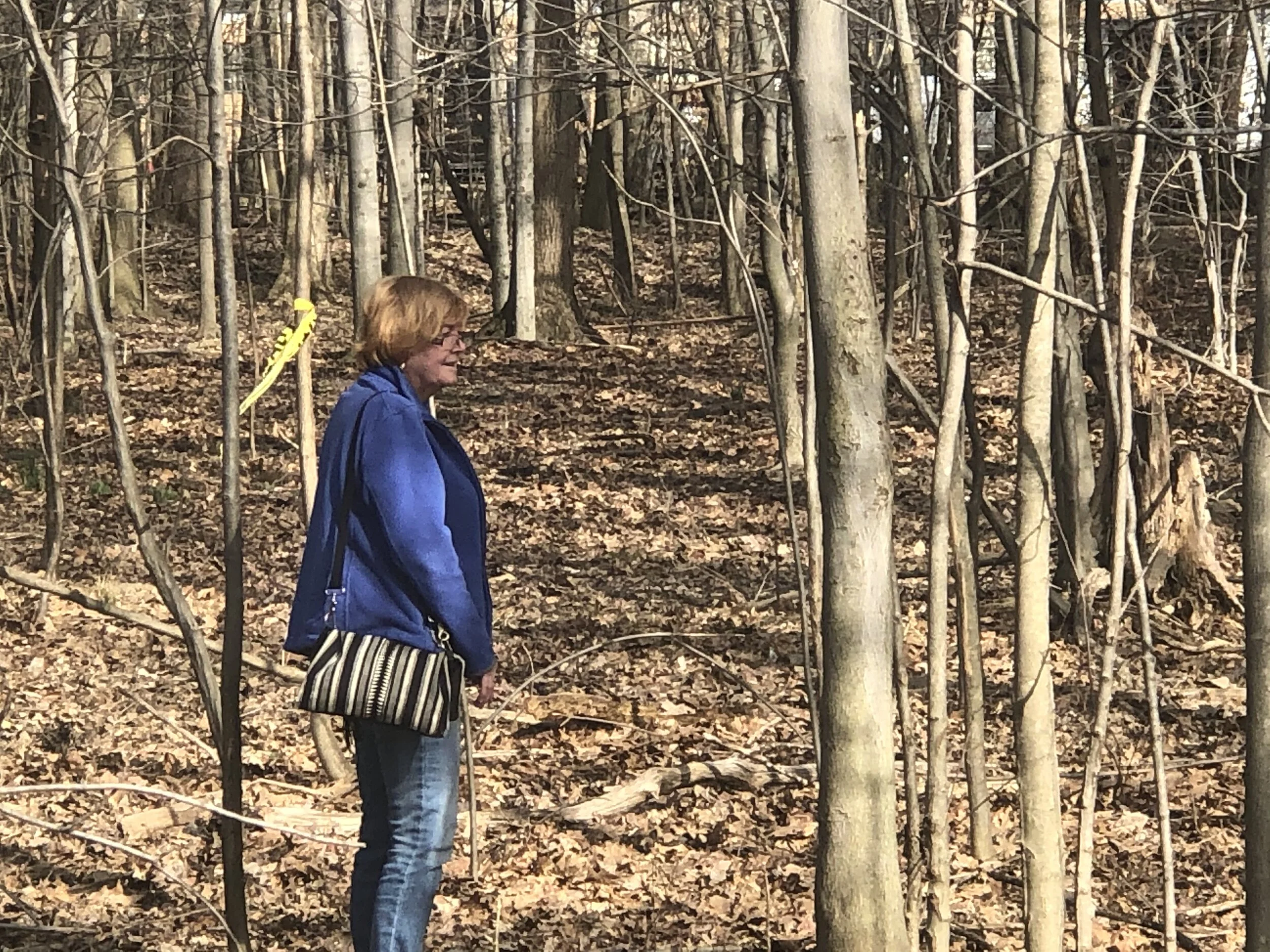Thoughts on Environmental Sustainability in Cleveland Heights
Cleveland Heights is the tree city and is walkable and bikeable. Those things define us, and they are three of the things that attracted me to move into this city. I have always valued nature and sustainability.
The housing density, mix of land uses, and walkability of a streetcar suburb like Cleveland Heights — not to mention our location among so many amenities — makes it a great place to live and to reduce environmental impacts. A challenge in the future will be to preserve and enhance these land-use advantages while making the city greener and helping everyone transition to renewable energy sources.
Sustainability needs to be ingrained in the culture of the government. Everything we all do as a city or as individuals affects our sustainability. Three of our city government buildings are already heated and cooled by solar power. Our Community Reinvestment Areas have incentives built in for green [LEED] buildings. Our new solid waste collection practice should be ‘cleaner’ than the old. Our sewer system will be rebuilt so that raw sewage is not released into freshwater streams. These policies make me proud of Cleveland Heights.
As a citizen, I have:
Supported efforts to rehabilitate homes with green features, and
Supported the Community Reinvestment Area efforts to invest in development with green technology.
As a member of City Council I have:
Led the successful effort to modify the Metro expansion at Severance to save some of the Millikin Woods, and
Advocated for newer more environmentally friendly cars for our Police Department, and
If elected Mayor I would:
Advocate to pass an ordinance banning the use of pesticides by the City; and
Develop a tree canopy program to plant new trees on city owned land and vacant lots;
Ensure the forestry department is fully staffed and we have a regular pruning program for city trees, as well as offering residents training in proper pruning and care of trees.
Maintain and enhance our walkability/bike-ability to make it easier for residents to utilize these forms of transportation.
Require all development agreements to honor sustainability goals of taking as few trees as possible and replacing those that are taken as well as meeting LEED standards; and
Assess the motor vehicle fleet and make sure we divest ourselves of the ‘gas guzzlers’ and replace them with environmentally friendly vehicles, where possible; and
Consider setting up sustainability committee like Shaker Heights to continually assess City practices; and
Prohibit unnecessary idling of any city vehicle; and
Consider establishing incentives for businesses to convert to renewable energy sources as Foundation [formerly Motorcars] Honda did.
Have a policy to look at the juncture of the well-being and quality of life of the residents, economic impacts to the city and businesses, and land use and conservation.
Maintain and enhance our walkability/bike-ability and encourage residents to utilize these forms of transportation.
Look at the possibility of a circulator bus/vehicle to transport people between business districts.
Environmental sustainability is a complex and and long-term process. First, we need to believe we can do it.
Then we need to do it, together.

